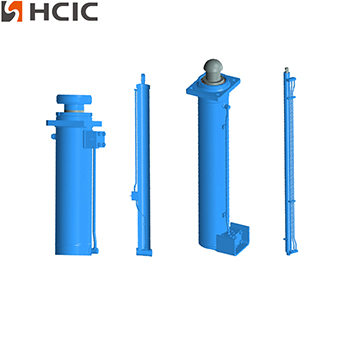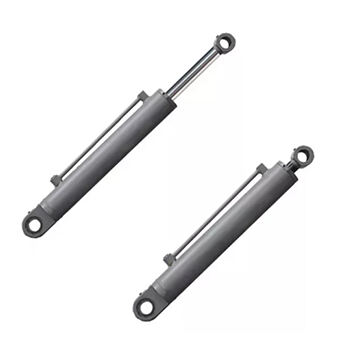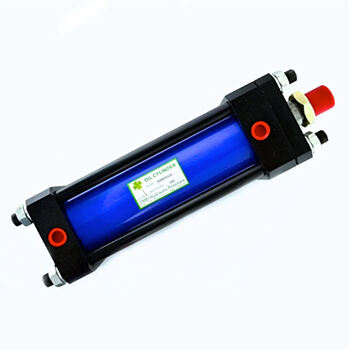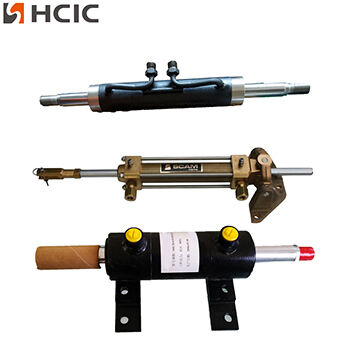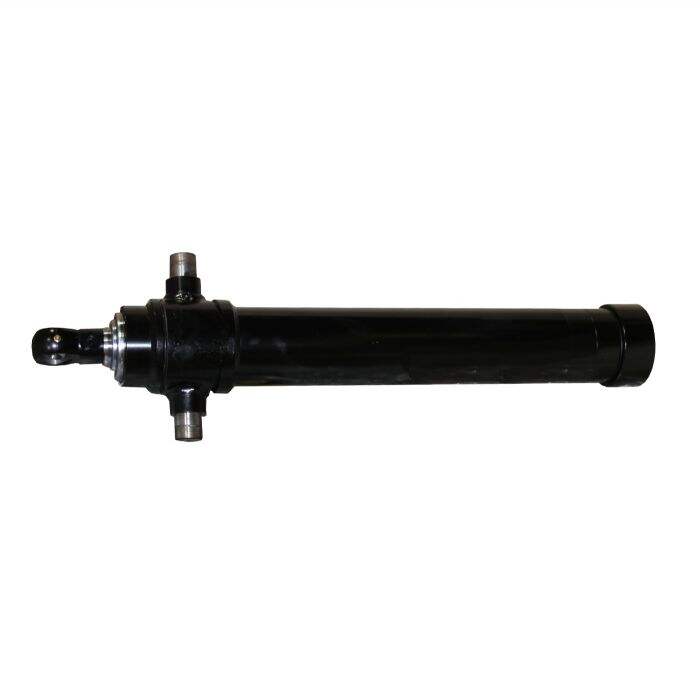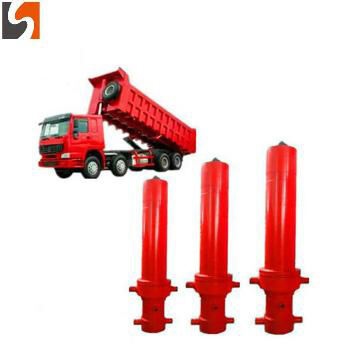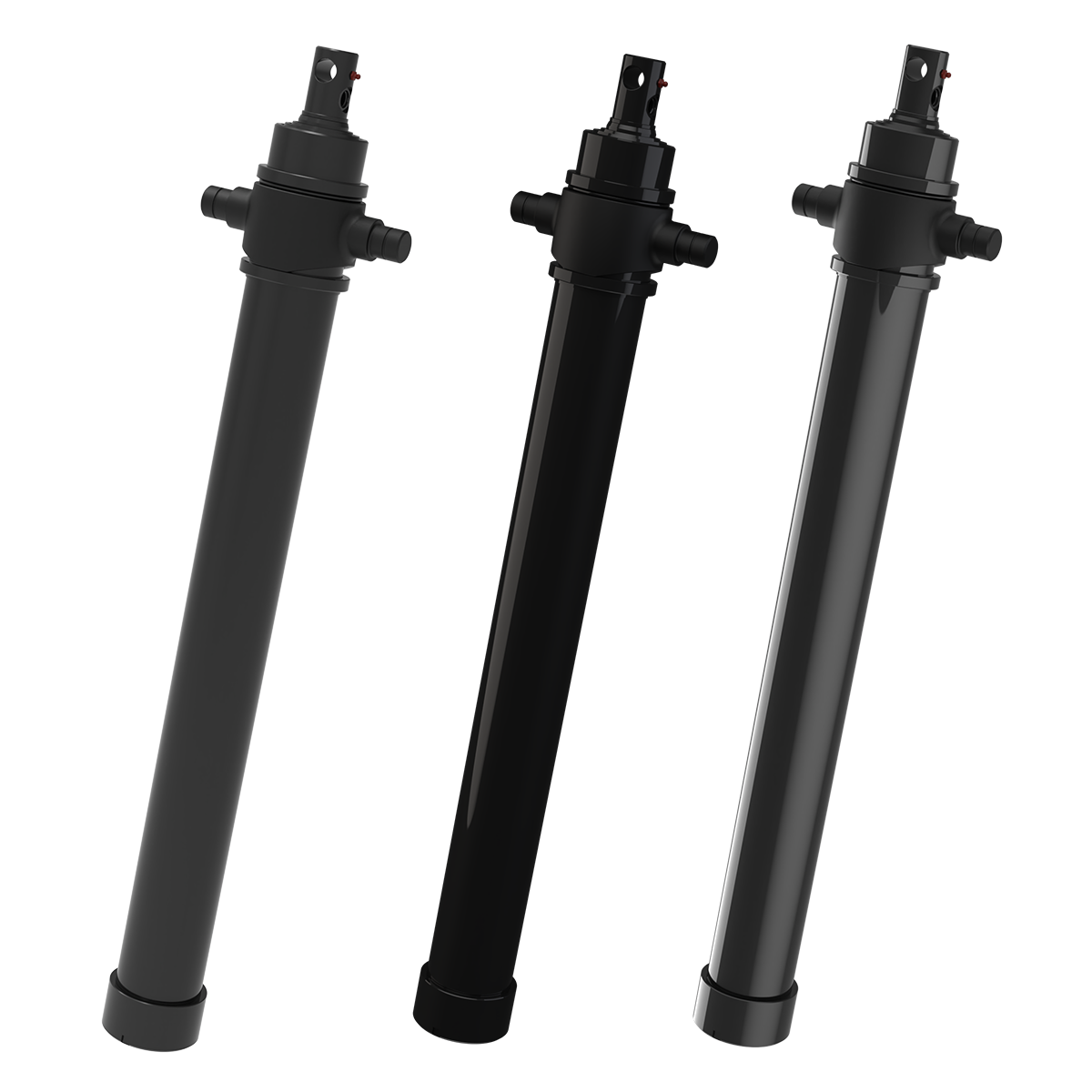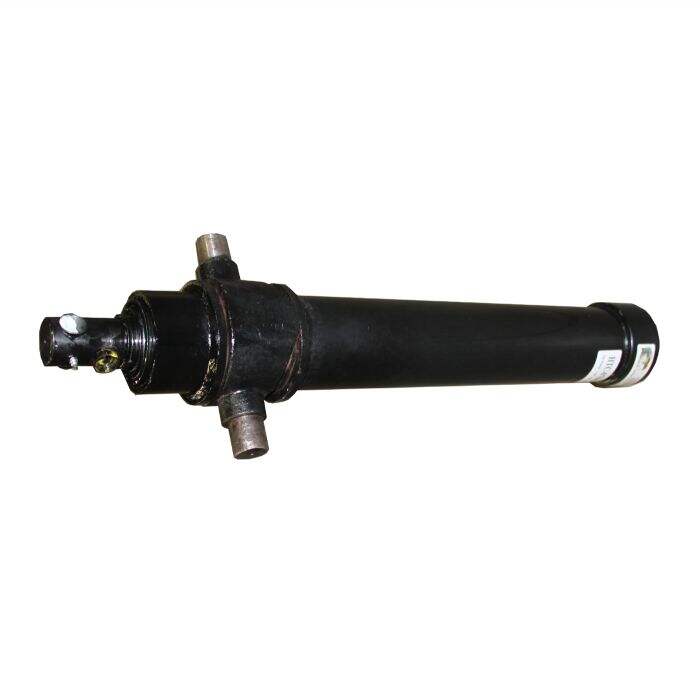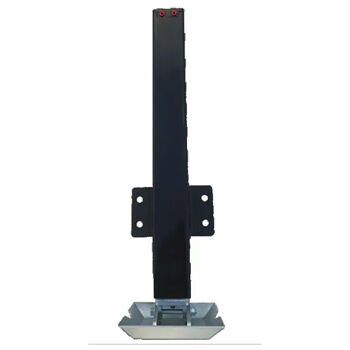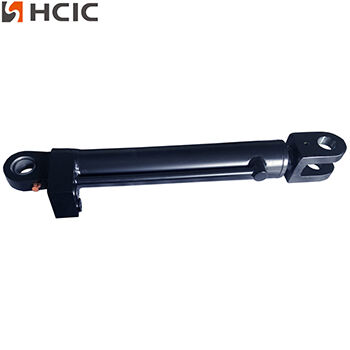How to Measure a Hydraulic Cylinder Your Guide to a Perfect Fit
Detailed Guide to Measuring a Hydraulic Cylinder
1. Bore Diameter
The bore diameter is the internal diameter of the cylinder barrel. This measurement is crucial as it determines the force the cylinder can exert.
Tools Needed: Caliper or bore gauge.
Steps:
Clean the Cylinder: Ensure the inside of the cylinder is clean and free from debris.
Insert the Caliper: Place the caliper inside the cylinder barrel.
Measure at Multiple Points: Measure the diameter at several points along the length of the cylinder to check for any tapering or inconsistencies.
Record the Measurement: Note the largest diameter as the bore size.
2. Rod Diameter
The rod diameter is the diameter of the piston rod, which affects the cylinder’s strength and stability.
Tools Needed: Caliper.
Steps:
Clean the Rod: Ensure the piston rod is clean.
Place the Caliper: Position the caliper around the rod.
Measure at Multiple Points: Measure the diameter at several points along the rod to ensure uniformity.
Record the Measurement: Note the diameter.
3. Stroke Length
The stroke length is the distance the piston rod travels from fully retracted to fully extended. This measurement determines the range of motion of the cylinder.
Tools Needed: Tape measure or ruler.
Steps:
Fully Extend the Rod: Extend the piston rod to its maximum length.
Measure the Distance: Measure from the base of the cylinder to the end of the piston rod.
Record the Measurement: Note the total distance as the stroke length.
4. Retracted Length
The retracted length is the total length of the cylinder when the piston rod is fully retracted. This measurement is important for ensuring the cylinder fits within the available space when not in use.
Tools Needed: Tape measure.
Steps:
Fully Retract the Rod: Retract the piston rod completely.
Measure the Length: Measure from the base of the cylinder to the end of the rod.
Record the Measurement: Note the total length.
5. Extended Length
The extended length is the total length of the cylinder when the piston rod is fully extended. This measurement ensures the cylinder can reach the required extension.
Tools Needed: Tape measure.
Steps:
Fully Extend the Rod: Extend the piston rod completely.
Measure the Length: Measure from the base of the cylinder to the end of the rod.
Record the Measurement: Note the total length.
6. Mounting Type and Dimensions
The mounting type and dimensions are critical for ensuring the cylinder can be securely attached to the machinery.
Tools Needed: Caliper, tape measure.
Steps:
Identify the Mounting Type: Determine the type of mounting (e.g., clevis, flange, trunnion).
Measure Mounting Points: Measure the dimensions of the mounting points, including pin diameter, hole spacing, and any other relevant dimensions.
Record the Measurements: Note all relevant dimensions.
7. Port Sizes and Locations
The port sizes and locations are important for connecting the hydraulic lines to the cylinder.
Tools Needed: Caliper.
Steps:
Identify the Port Type: Determine the type of ports (e.g., NPT, SAE).
Measure the Port Diameter: Use a caliper to measure the diameter of the ports.
Note the Locations: Record the locations of the ports on the cylinder.
Additional Tips for Accurate Measurement
Double-Check Measurements: Always measure twice to ensure accuracy.
Use Proper Tools: Calipers and tape measures provide the most accurate measurements.
Record Measurements: Keep a detailed record of all measurements for reference.
Consult Manufacturer Specifications: Refer to the manufacturer’s specifications for any additional measurement requirements.
By following these detailed steps, you can ensure that you have all the necessary measurements to find a hydraulic cylinder that fits perfectly and performs optimally. HCIC Hydraulic is a professional hydraulic manufacturer, specializing in hydraulic system design, manufacture, installation, transformation, commissioning, and hydraulic components brand sales. We offer technical services and are committed to providing our customers with safe and reliable products that meet the most demanding requirements. The HCIC engineering team works closely with customers to understand their applications. Using an array of proven design methods and advanced manufacturing equipment, coupled with unrivaled engineering and manufacturing experience, HCIC Hydraulics develops safe and reliable hydraulic cylinders for critical applications, backed by unparalleled customer service. We design, engineer and produce hydraulic cylinders in a state-of-the-art manufacturing facility and adhere to our ISO 9001-2015 certified quality management system to ensure the highest quality products to our customers.

 EN
EN
 AR
AR
 BG
BG
 HR
HR
 CS
CS
 DA
DA
 NL
NL
 FI
FI
 FR
FR
 DE
DE
 EL
EL
 HI
HI
 IT
IT
 JA
JA
 KO
KO
 NO
NO
 PL
PL
 PT
PT
 RO
RO
 RU
RU
 ES
ES
 SV
SV
 CA
CA
 TL
TL
 IW
IW
 ID
ID
 LV
LV
 LT
LT
 SR
SR
 SK
SK
 UK
UK
 VI
VI
 HU
HU
 TH
TH
 TR
TR
 FA
FA
 MS
MS
 GA
GA
 CY
CY
 KA
KA

